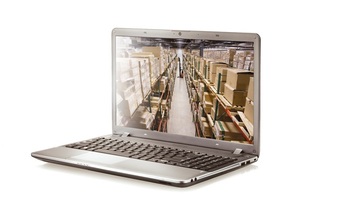
Going beyond skills and changing culture
In a conversation with the head of a reputed manufacturing unit, we were discussing about the difference between skilled people and the culture of a shop. He was explaining to me that a shop with a strong and established culture will be able to provide high levels of performance even when new people join or existing people leave.
An example of this is a company like Toyota, which even allows people to come and study what they do. You can buy the same machines, you can convince people to join, but you will find it very hard to get the same results because the culture is unique.
How can you create a culture on the shopfloor? Culture forms with repeated behaviour. Behaviour is driven from the top. Whatever a person is ‘told' to do, formally or informally, they will pick up cues on what the senior leadership actually values.
Is it more important to solve a problem in a systematic and sustainable fashion? Or is it more important to get the problem out of the way ‘somehow'? Is it important that machines are running or is it more important that there are matched sets that can be shipped to customers? Does the leadership appear for every daily meeting and get involved in the discussions or are they ‘called' by the corporate office?
This can also be seen in how the leadership views the shop itself. Is it a standalone entity or is it a part of a chain that delivers products to the end customer? If the leadership conducts daily shop visits, how often do the leaders walk through a supplier's shopfloor?
Or do they meet with the leaders at the OEM or dealer end to discuss possible improvements in how to work together? If a wider and supply chain viewpoint is taken by the leader, the better the impact on the culture of the organisation. These are things which help to set up and develop a culture of excellence and once that gets established, it is very hard to copy.
In conclusion: It works even otherwise!
As a program, ‘Make in India' has the potential to trigger a surge of growth in manufacturing in India. This is a potential wave that manufacturing companies can ride. However, it will also increase competition both in the marketplace and for scarce resources.
Taking a wider supply chain view and driving improvements on capital efficiency, skills and culture can help companies thrive in this environment. The best part is, these capabilities will help companies thrive irrespective of what the Government does.
The author is Partner & Managing Director - Indian Operations, CGN & Associates India Pvt Ltd
END


























